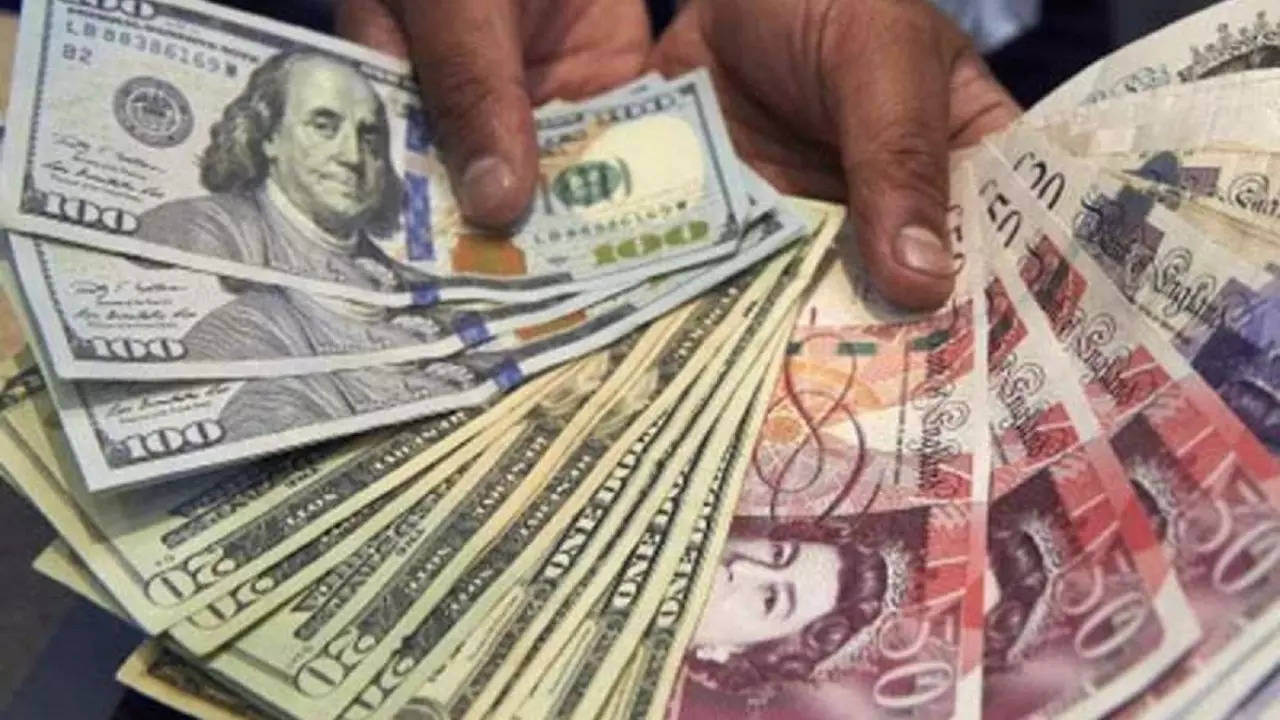Forex Reserves: Causes, Impacts, and Implications 2023

Forex Reserves: Causes, Impacts, and Implications 2023
In the latest financial news, the foreign exchange reserves, often referred to as Forex reserves, of a nation have declined by USD 2.36 billion, now standing at USD 583.53 billion. This is a significant movement in the international economic landscape, and it’s vital to understand the causes, impacts, and broader implications of such a shift.
Forex reserves are assets held on reserve by a central bank in foreign currencies, which can include bonds, treasury bills, and other government securities.

These reserves act as a cushion and provide liquidity in international economic crises, ensuring the country can maintain its international commitments, such as the import of goods and services and repayment of international loans.
The Reserve Bank of India said that for the week ending October 20, India’s foreign exchange reserves decreased by USD 2.36 billion to USD 583.53 billion.
The total reserves rose to USD 585.895 billion over the previous reporting week, a gain of USD 1.153 billion. The nation’s foreign exchange reserves peaked in October 2021 at USD 645 billion. The reserves suffered when the central bank utilised them to support the rupee against pressure brought on mostly by events that have occurred globally since last year.
The RBI’s Weekly Statistical Supplement shows that for the week ending October 20, foreign currency assets—a significant part of reserves—dropped by USD 4.15 billion to USD 515.2 billion.
The effect of non-US currencies like the euro, pound, and yen held in the foreign exchange reserves’ appreciation or depreciation is included in the foreign currency assets, which are expressed in terms of dollars.
According to the RBI, gold reserves increased by USD 1.85 billion to USD 45.42 billion throughout the course of the week.
According to the apex bank, the Special Drawing Rights (SDRs) decreased by USD 70 million to USD 17.93 billion.
According to apex bank statistics, India’s reserve position with the IMF grew by USD 6 million to USD 4.98 billion during the reporting week.
A consistent trade deficit, where the value of imports significantly exceeds that of exports, can result in a decline of forex reserves as a nation may use its reserves to pay for the imports. Scheduled or unscheduled debt repayments can also cause a depletion in the reserves if the country uses its forex reserves to repay these loans.
Central banks sometimes sell foreign currency from their reserves to buy their own currency, stabilizing or increasing its value. Such interventions can lead to a decline in forex reserves.

Adverse movements in currency, bond, or other international financial markets can also erode the value of the assets held in forex reserves.
A significant drop in forex reserves might lead to reduced investor confidence, especially if it’s perceived that a country might not be able to maintain its international commitments.
Declining reserves can exert downward pressure on a country’s currency value, potentially leading to inflation if it makes imports more expensive.
International lenders might perceive a country with depleting forex reserves as a higher risk, leading to increased borrowing costs.
A reduced reserve might force a country to reconsider its trade strategies, potentially pushing it to boost exports and reduce imports, impacting international trade balances.
Dependency on international loans might increase if reserves continue to fall, potentially affecting the country’s foreign policy and relations. In an effort to shore up reserves, there might be changes in domestic policy, including efforts to attract foreign investment, boost exports, or reduce non-essential imports.

A decline in forex reserves by USD 2.36 billion is substantial, and the implications of this shift cannot be overlooked. It is essential for policymakers, investors, and the general public to be aware of the potential consequences.
Nevertheless, it’s also crucial to note that forex reserves are just one aspect of a country’s economic health, and other factors also play pivotal roles in determining its overall economic stability and growth trajectory.





